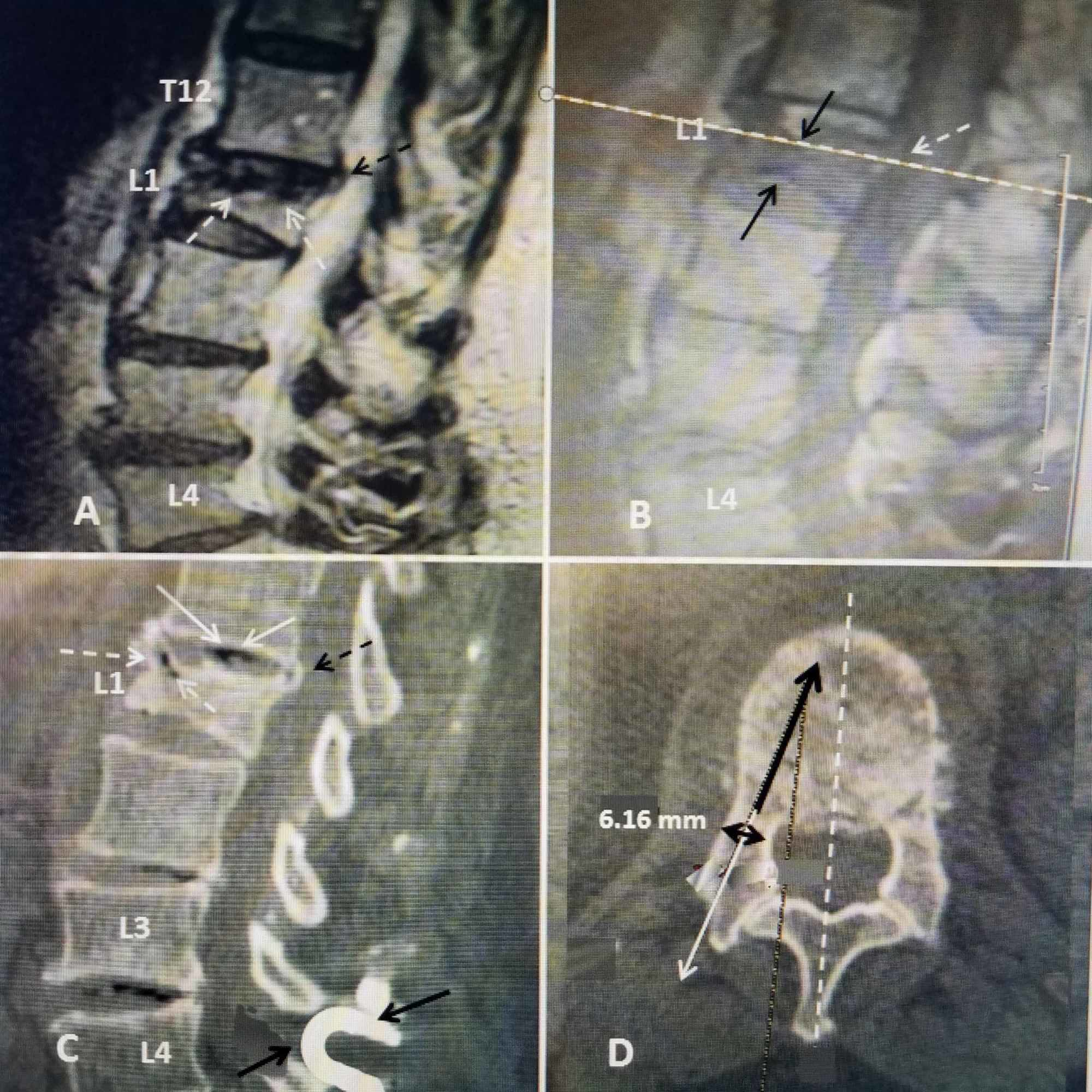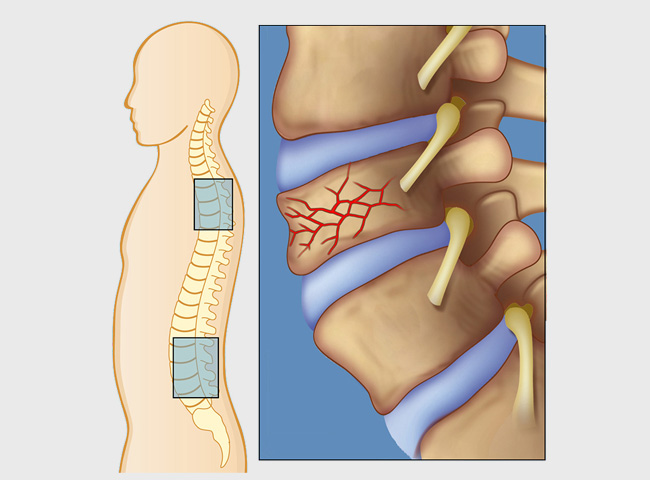

See: AO spine classification of thoracolumbar injuries.

Pincer or split fracture: involvement of both endplates but not the posterior wallīurst fracture: involvement of one endplate (incomplete) or both endplates (complete) and the posterior wall Wedge compression fracture: involvement of one endplate but not the posterior wall PathologyĬompression fractures can result from osteoporosis, trauma or represent a pathological fracture secondary to another process (e.g. Vertebral fractures present with pain and loss of mobility. However, they are largely unreported and are probably more common radiographically (present up to 14% of women older than 60 years in one study 1). person-years after 85 years of age in the United States. If you or someone you know is suffering from vertebral compression fracture, call Cahaba Pain and Spine Care and schedule an appointment today.They have a reported incidence of 1. Not only is this procedure safe and effective, unlike other options, it can be used to restore height to your compressed vertebrae. This minimally invasive procedure uses quick-setting cement to restore strength to compromised vertebrae. Treatment for Vertebral Compression FracturesĪt Cahaba Pain and Spine Care, our Board Certified Pain Physicians specialize in Kyphoplasty for the treatment of vertebral compression fractures. Worsening back pain with standing that’s relieved when you lie on your backĪ sudden fracture can also result in extreme and even disabling pain.If you have a vertebral compression fractures symptoms you may experience include: What are the symptoms of a vertebral compression fracture? Your problems can be made even worse when the bones press into your spinal nerves as well as the cord itself, leading to severe pain and blocking the blood flow that carries oxygen and nutrients to your spine. Yet, even minor fractures can result in a loss of vertebral height as well as an eventual collapse into the surrounding spinal structures. Things like coughing, stepping off of a curb wrong, simply standing up from your bed in the morning, or taking a tumble can result in a fracture if the vertebrae is already weakened.ĭepending on the severity of the fracture, you may not even realize it has happened. Vertebral fractures can also occur due to small movements that you would never expect to result in a severe injury. Osteoporosis or loss of bone density and strength.Common causes of vertebral fracture include: However, these vertebrae can also become weakened, leaving them at risk for vertebral fracture. This organization supports your body, allowing for movement, while providing strength. The vertebrae of your spine are stacked one on top of the other, like building blocks. What Is a Vertebral Compression Fracture and How Does It Happen? To help you decide the treatment option that’s right for you, we’ve put together answers to the most common questions about vertebral compression fractures including what causes them, and the minimally invasive treatment option that can get you moving again. While past treatment options were extremely limited when it came to vertebral fractures, relying on back braces, heavy pain medication, and extensive bed rest, current care has advanced significantly and can help you get back on your feet and back to your life. These fractures that often occur thanks to a weakening of bone density and strength happen when your vertebra begins to splinter, break, and even collapse into the surrounding spinal tissue. - Stellate Ganglion Block (for CRPS and PTSD)Ī vertebral or spinal compression fracture can mean the end of pain-free motion and the beginning of severe, chronic pain with even simple activities such as standing.
#COMPRESSION BONE FRACTURE TRIAL#
- Spinal Cord Stimulator Trial (for pain after surgery).- Spinal Cord Stimulator Trial (for CRPS).- Medial Branch Radiofrequency Ablation.- Lumbar Medial Branch Radiofrequency Ablation.- Knee Gel Injections (Viscosupplementation).- Cervical Medial Branch Radiofrequency Ablation.


 0 kommentar(er)
0 kommentar(er)
